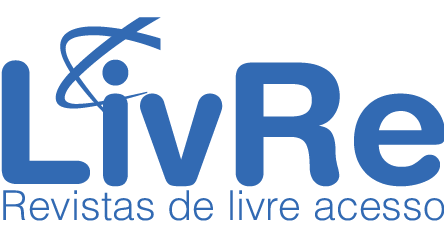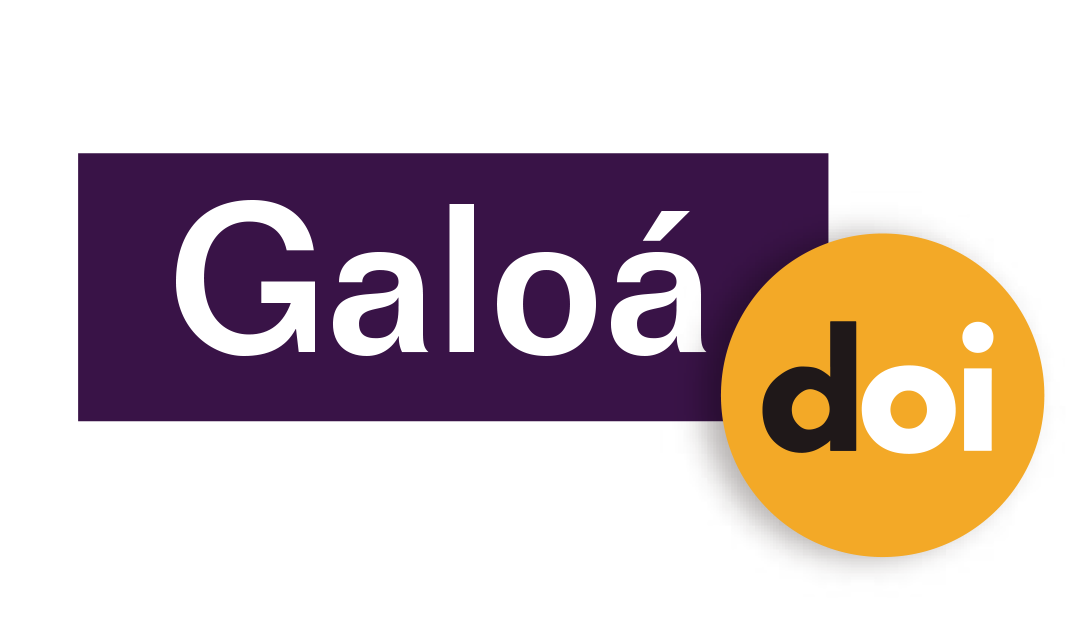Teaching Geometry Using an Adapted Narrative: A Case Study with a Visually Impaired Student
Resumo
Context: Inclusive education for disabled people is an ongoing debate within schools, making it necessary for teachers and institutions to create methodological pathways that ensure an equitable and effective learning process for all pupils, regardless of their limitations. Objectives: To investigate the contributions of a tactile adapted version of the historical narrative “Eratosthenes and the Circumference of the Earth” in the formation of geometry concepts in visually impaired students and the challenges associated with the teaching process, this proposal is based on the application of an adapted didactic structure through Eratosthenes’ historical narrative, focusing on teaching the similarity of triangles and geometry. The study was based on Vygotsky’s cultural-historical theory and Galperin’s theory of the gradual formation of mental actions. Design: The methods are qualitative in nature via a case-study strategy. Environment and participants: The research was conducted with a class of 46 students, of which one is visually impaired, attending the first grade of high school at a public institution in the countryside of Paraná-Brazil. Data collection and analysis: Data were collected through activities performed in class and an evaluation questionnaire. Data were analysed through content analysis. Results: The results show that the intervention contributed to the assimilation of mathematical concepts by the visually impaired individual and other students, showing changes in the perceptions of key topics within plane geometry, previously demonstrated by the students as partial and non-scientific concepts. Conclusions: We can emphasise the need for research and studies targeting the construction of proposals and materials that enable an equitable and inclusive teaching process for all students.
Palavras-chave
Mathematics teaching; geometry teaching; historical narrative; visually impaired student; inclusive education.
DOI: https://doi.org/10.17648/acta.scientiae.7303
Apontamentos
- Não há apontamentos.
Direitos autorais 2022 Fabio Borges, Sani de Carvalho Rutz da Silva, Elsa Midori Shimazaki, Lúcia Virginia Mamcasz Viginheski

Esta obra está licenciada sob uma licença Creative Commons Atribuição 4.0 Internacional.
ANÚNCIOS
Informamos que, a partir de outubro de 2024, a revista Acta Scientia volta a aceitar submissões de artigos para publicação.
Mais, informamos que sites fraudulentos, https://periodicos-ulbrabr.org e https://periodicos-ulbrabra.org, estiveram se passando pela Acta Scientiae, utilizando nosso nome e identidade visual e até solicitado taxas de APC, que nós não cobramos. Aconselhamos cautela para evitar serem enganados por sites semelhantes.
Conceito A2 na Capes(2021)
Índice h5 do Google Scholar: 13
Índice mediana h5 do Google Scholar:24
eISSN: 2178-7727
Indexações:
A Acta Scientiae é indexada em: | Scopus |  | Latindex |  | Edubase (SBU/UNICAMP) |
 | Sumarios.org |  | Google Scholar |  | Portal LivRe (CNEM) |
 | Journals for Free |  | REDIB |  | Galoá DOI |

Todos os trabalhos publicados aqui estão sob uma licença Creative Commons - Atribuição 4.0 Internacional.
